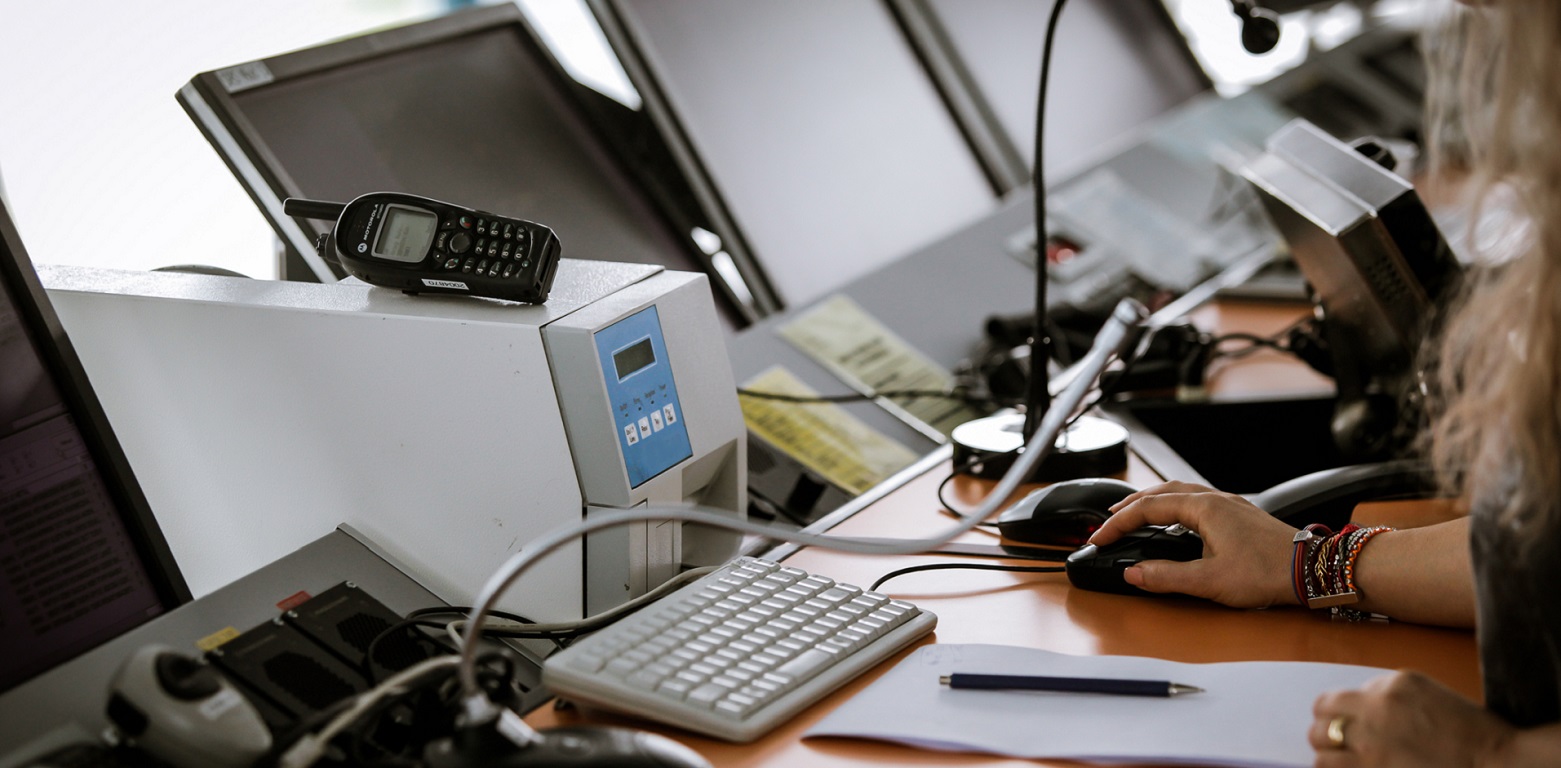Remote Surveillance

Security systems are tasked with a particularly demanding job. They must operate continuously, for thousands of hours on standby… and at the one and only moment when a breach is confirmed by indoor sensors or external perimeter sensors, they must perform effectively. In other words, the return on investment will occur (if it occurs) at that single moment, after thousands—perhaps millions—of hours, when the intrusion detection system triggers the predefined process to deter the intruder’s penetration. To ensure the system performs successfully at that single critical moment, continuous supervision is essential. This supervision—as well as the response to alarms—is ensured by connecting the system to the Alarm Receiving Center (ARC). The ARC: The ARC monitors the proper operation of the entire security system, periodically checking all subsystems and detectors, whether the system is armed or not, and issues warnings for low batteries or problematic indoor/outdoor sensors. The ARC supervises the correct operation of the telecommunication lines between the security system and the ARC. The ARC receives the alarm signals and processes them, following the predefined mobilization and notification procedures. The ARC can react far more effectively in a threat situation, calling the Police or Emergency Response services, than a private individual who would need to find a phone, recall the number, dial it, wait for an answer, and explain the danger while under the threat of burglars or weapons, possibly awakened from sleep or caught in the shower, and under fear, panic, or even loss of consciousness. The system can be connected to the ARC in three ways: Connection via a standard telephone line is checked at predefined intervals by a simple phone call, typically once every 24 hours. It is evident that a communication line failure—accidental or maliciously planned— may not be detected in time, since the ARC will only discover it at the next scheduled call. Internet connection to the ARC is supervised in near real time, every 2 to 5 minutes, allowing the ARC to respond immediately if communication is lost. As a result, a failure—accidental or malicious—is detected promptly, gaining precious time at the critical moment when a system sensor is triggered. Connection over a wireless RF network is checked at predefined intervals (typically once every 24 hours), where radio coverage is available. Malicious deactivation of the radio network is extremely difficult and rarely reported. Cellular (GPRS/3G) connection to the ARC is supervised in near real time every 2 to 5 minutes via the mobile data network, enabling the ARC’s immediate reaction to communication loss. Consequently, a failure—accidental or malicious—is detected at once, gaining valuable time at the critical moment of a sensor activation. Wireless connection is recommended when no wired network is available, or when the security system is installed on a movable asset (yacht, caravan, temporary mobile storage, container, etc.). It is common for burglars to begin a break-in by cutting the communication lines of the target property. For this reason, using more than one communication channel on monitored security systems is advised. This significantly increases the probability of successfully delivering an alarm signal in case the wired channel is cut. Connecting a security system to the Alarm Receiving Center is essential, since only then is the system continuously supervised for proper operation (false alarms, battery status, etc.). The ARC also notifies responsible parties and the authorities in case of an alarm (BURGLARY, FIRE, ROBBERY, THREAT, MEDICAL EMERGENCY, etc.). Finally, when required, the ARC—upon the owner’s instruction—can remotely control the system, enabling or disabling relays, commands, or alarm detection sensors.




